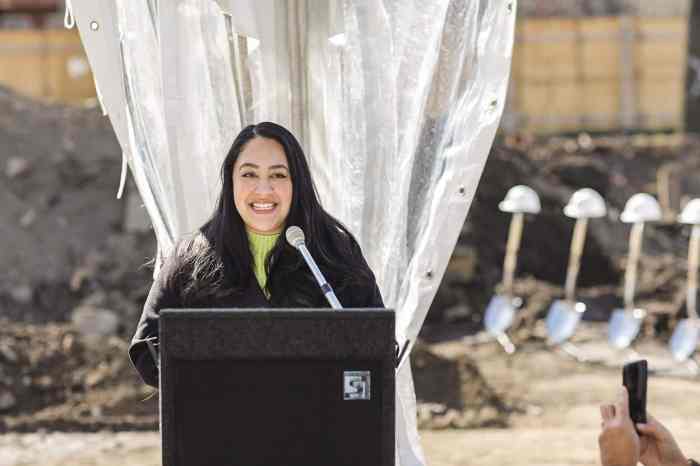Ever since NYC’s annual homicide rate fell below 1,000 in the days of Mayor Rudy Giuliani and Bill Bratton 1, the NYPD has talked about “locking in” the numbers. Yet, with slight anomalous variations, the number of homicides has dropped over the past 25 years, ending 2017 under 300. That’s the lowest number since 1959.
That might be about to change. Buried in the NYPD’s CompStat report for the week ending May 20 are some disquieting numbers from April 23 to May 20. In those 28 days, the number of homicides went from 20 in 2017 to 35 in 2018 — a 75 percent increase.
The numbers also show that shootings for that period rose from 53 a year ago to 61 this year — a rise of 15 percent.
The figures do not reveal whether the homicides and shootings were citywide or confined to certain patrol boroughs, or whether the homicides happened indoors or were the result of street violence. “That’s a pretty big number,” a former NYPD deputy commissioner, who spoke anonymously to address the figures, said of the increase in homicides.
Statisticians would say the figures are relatively meaningless. And the homicide increase might be a statistical blip. On the other hand, no sensible person can ignore what might presage an alarming trend.
The NYPD has not publicly acknowledged the 28-day figure. At least outwardly, no one is showing signs of urgency. Asked about it, NYPD spokesman J. Peter Donald did not address the figures. Instead, he said, “ . . . [T]he NYPD is keeping crime at deep lows that would have been unfathomable a generation ago. The NYPD will continue fighting crime and violence wherever we find it.”
However, a former NYPD chief said the brass is aware of the situation. “They’re all talking about it, but secretly.”
Should homicides continue to rise, the NYPD might have to re-examine neighborhood policing as well as other Mayor Bill de Blasio policies, such as summonses — not arrests — for turnstile jumping and smoking marijuana.
The former deputy commissioner warned, “When cops step back and disengage or are seen as feckless, this empowers criminals.”
He continued, “Certain signs are beginning to appear. All of them are signs of disorder. Newspaper stories of a tourist attacked after coming out of the theater on Broadway. People afraid in the subways. . . . They may seem like isolated incidents, but they speak to a larger truth.”

















